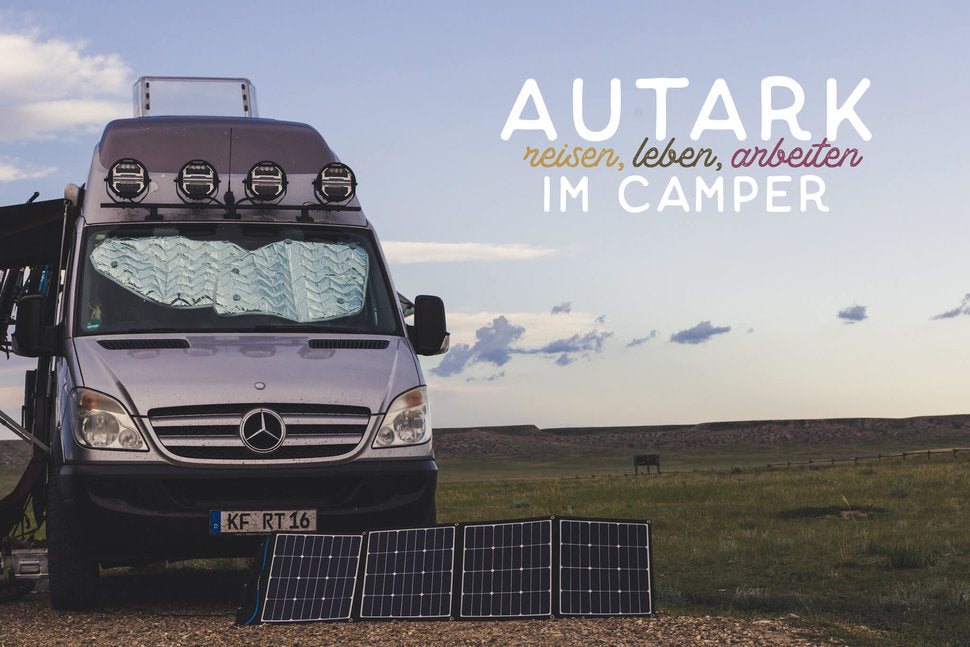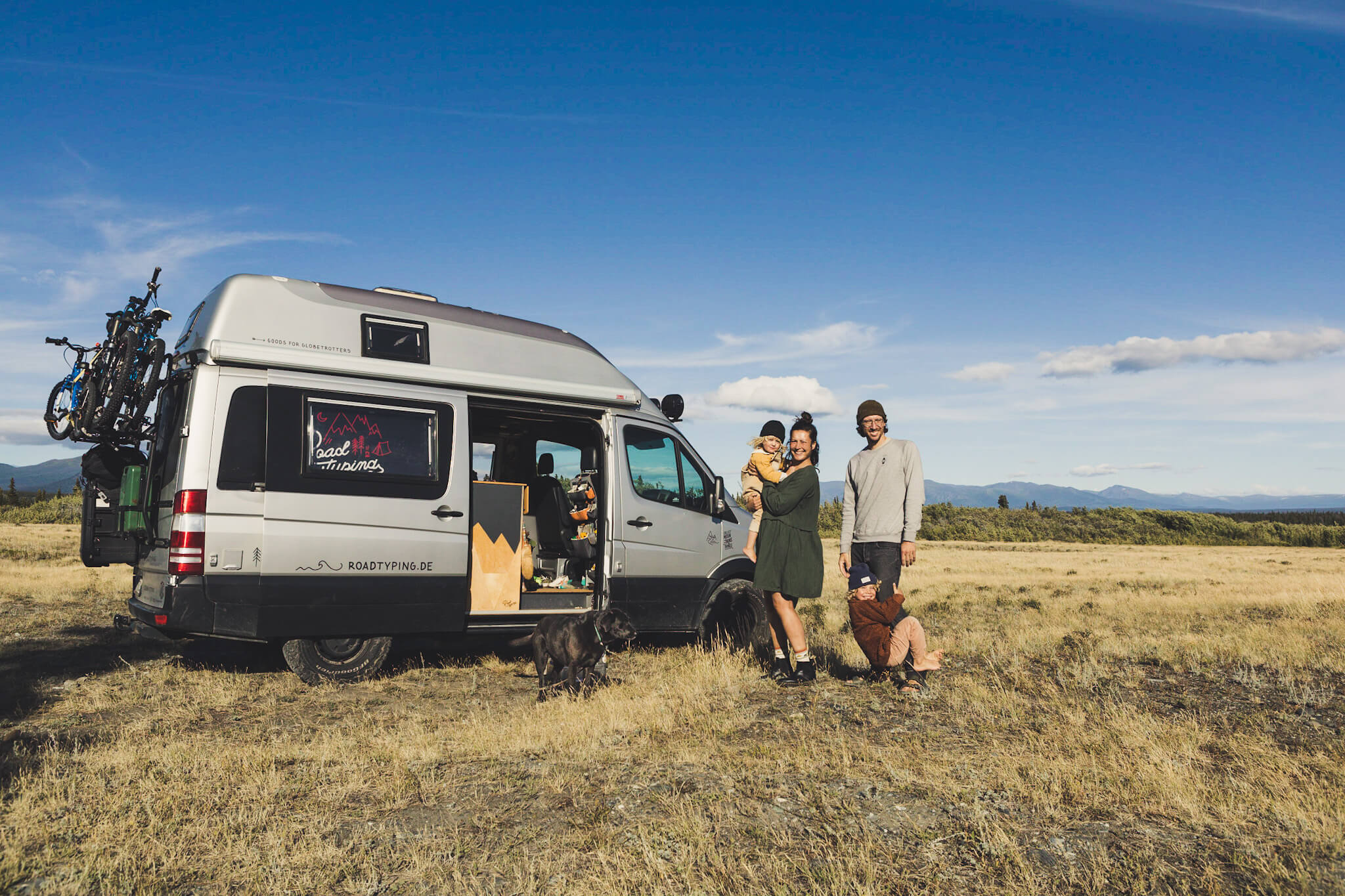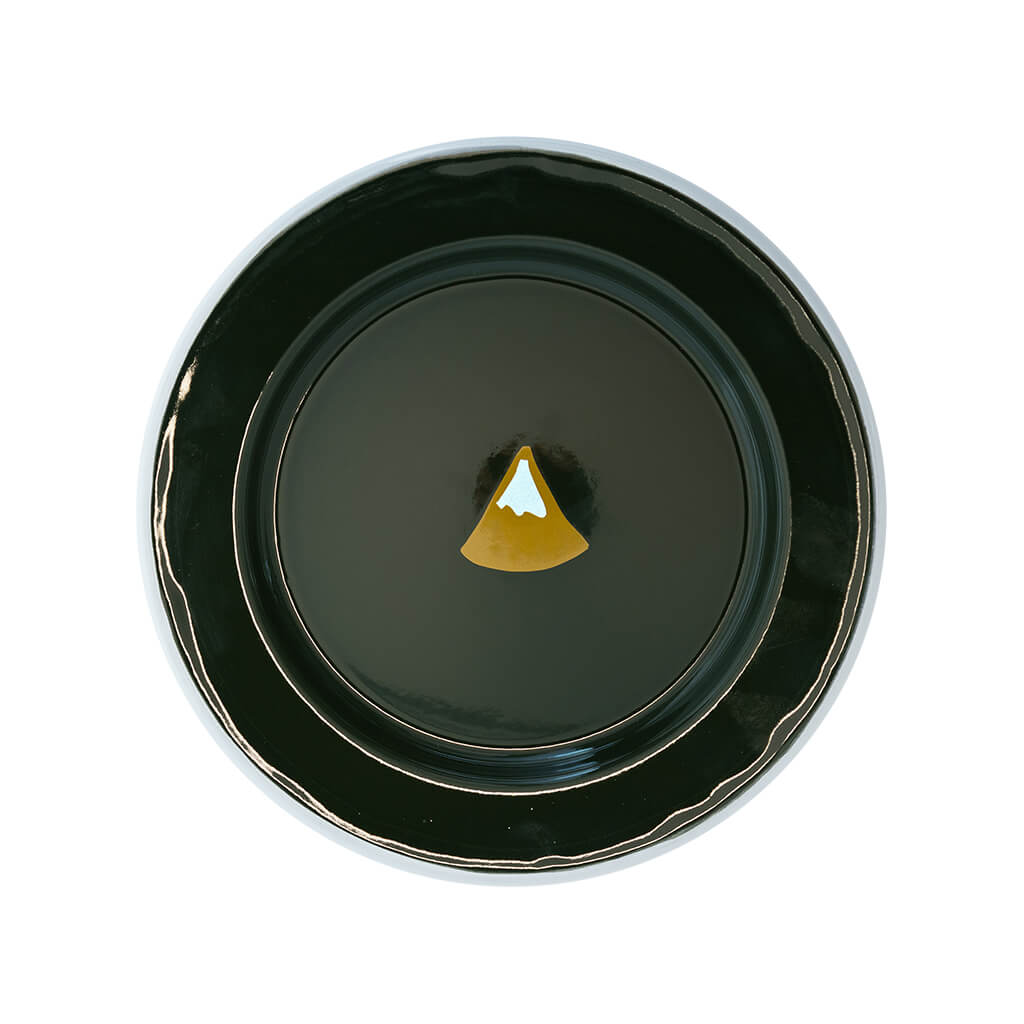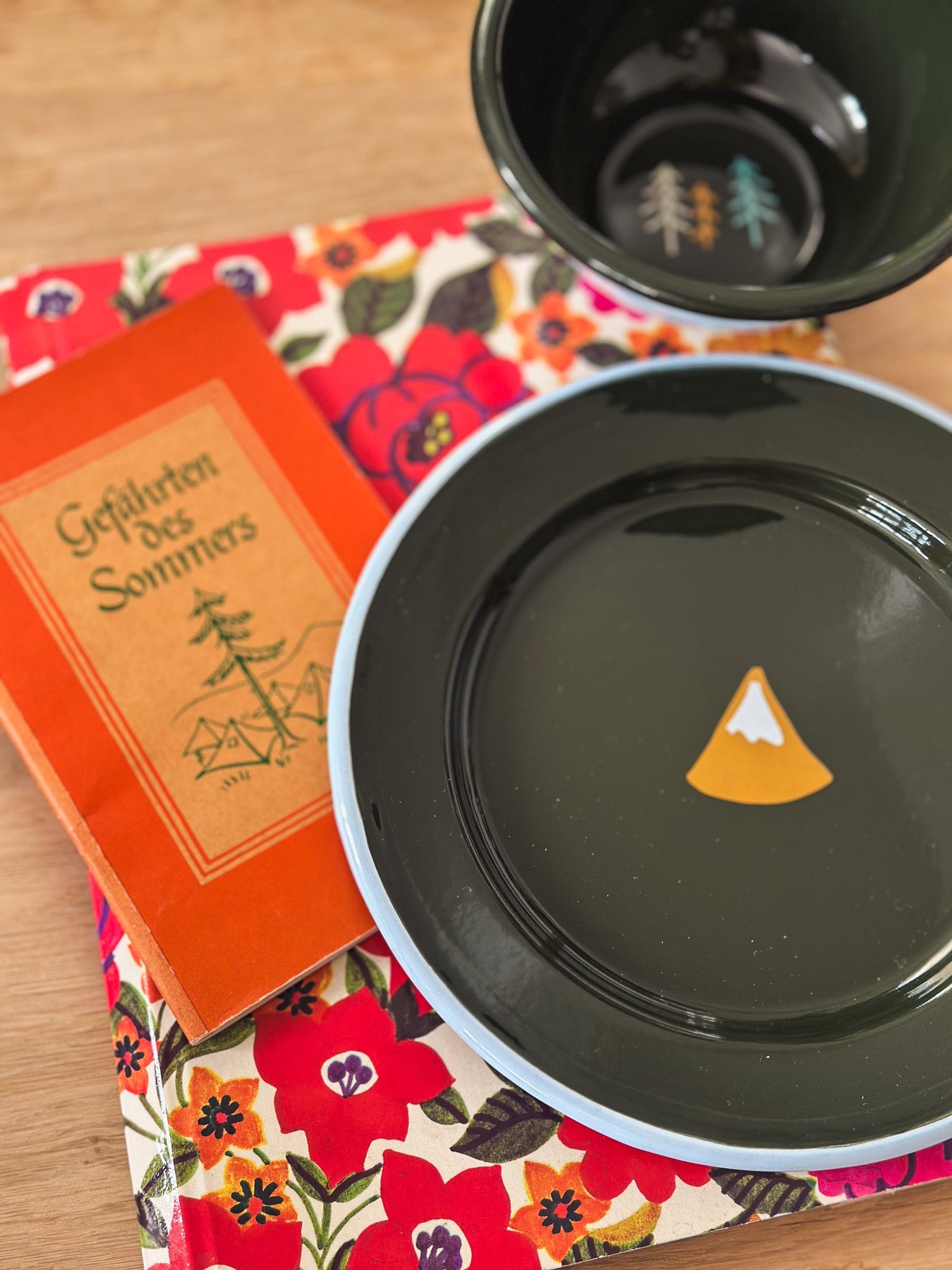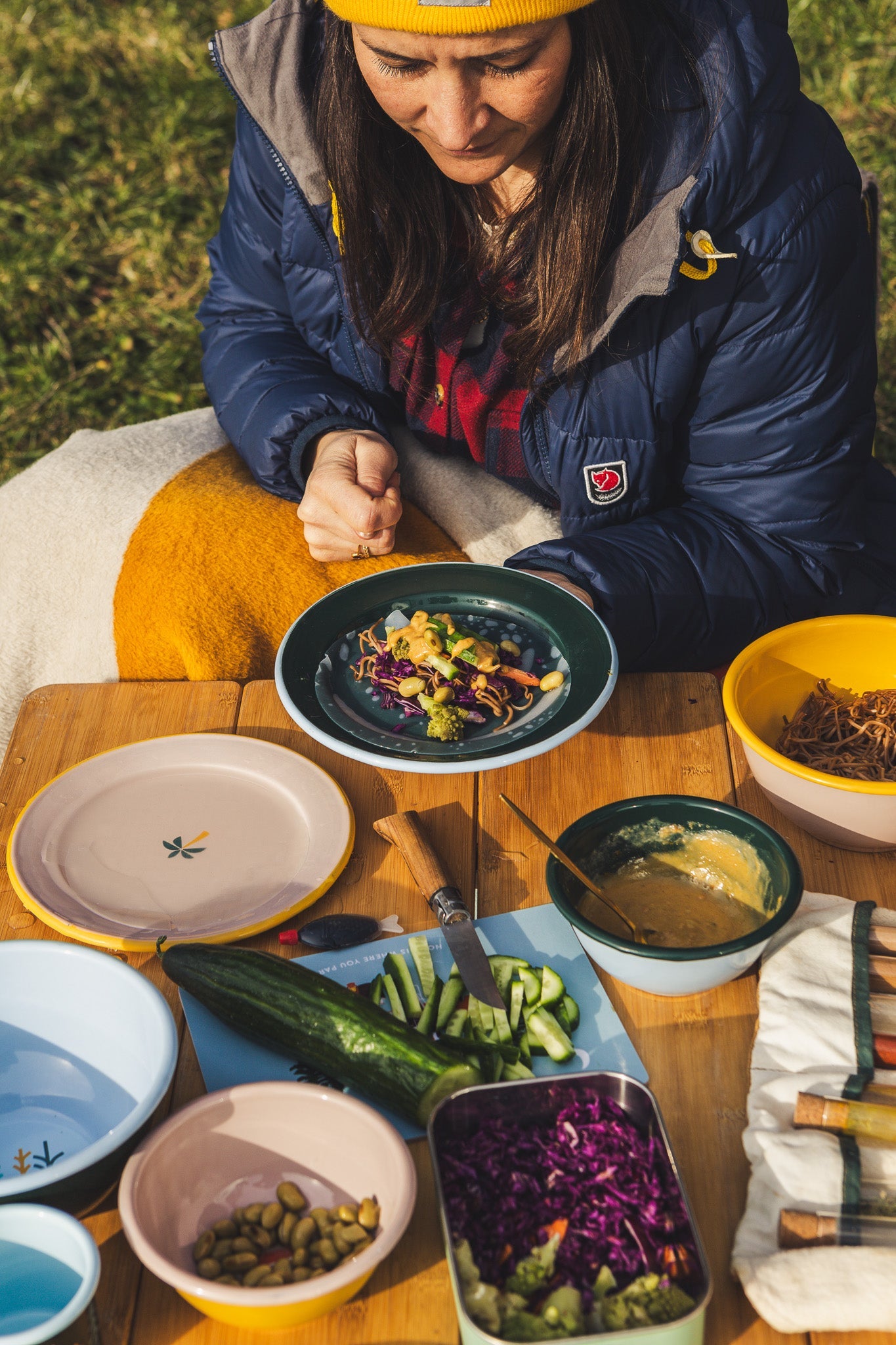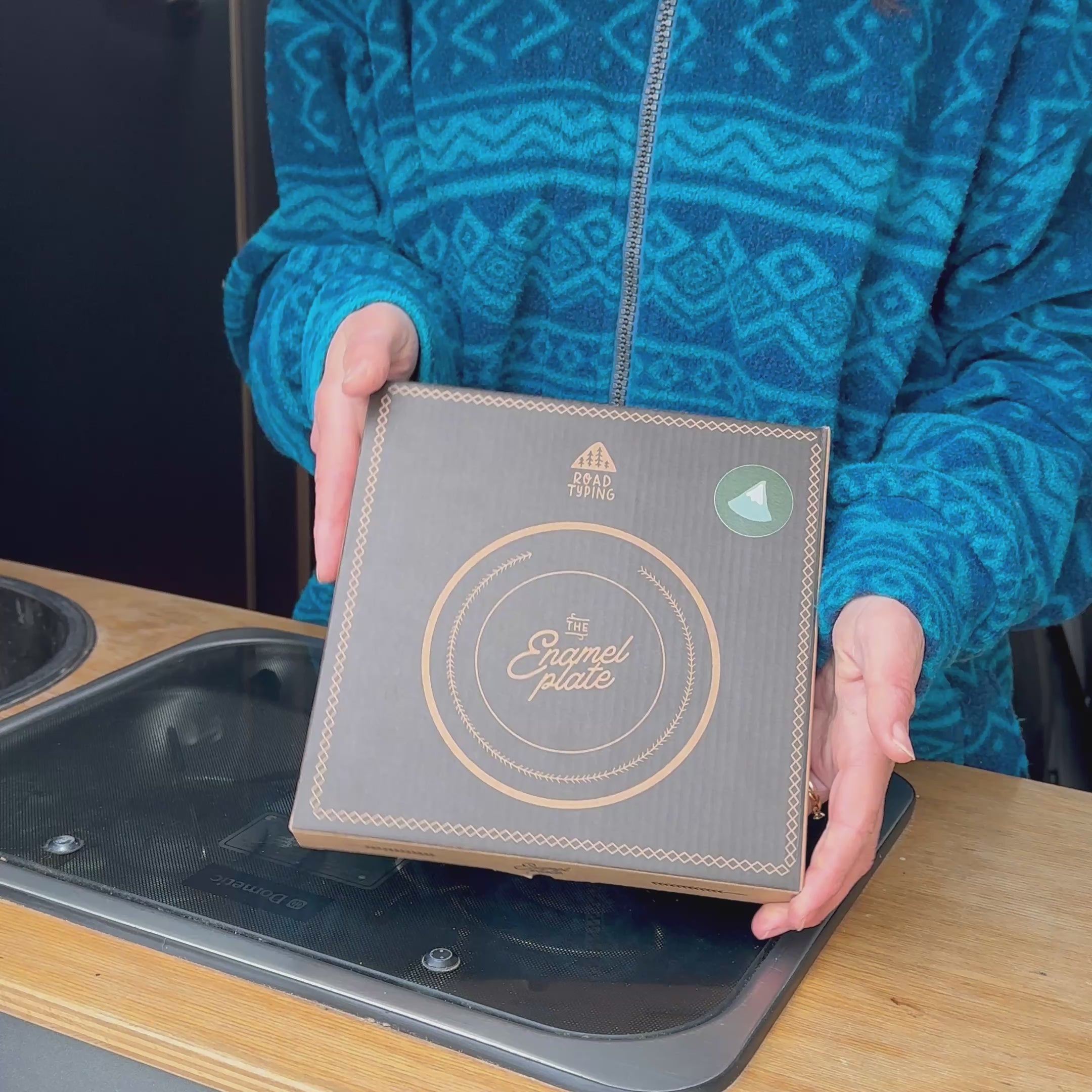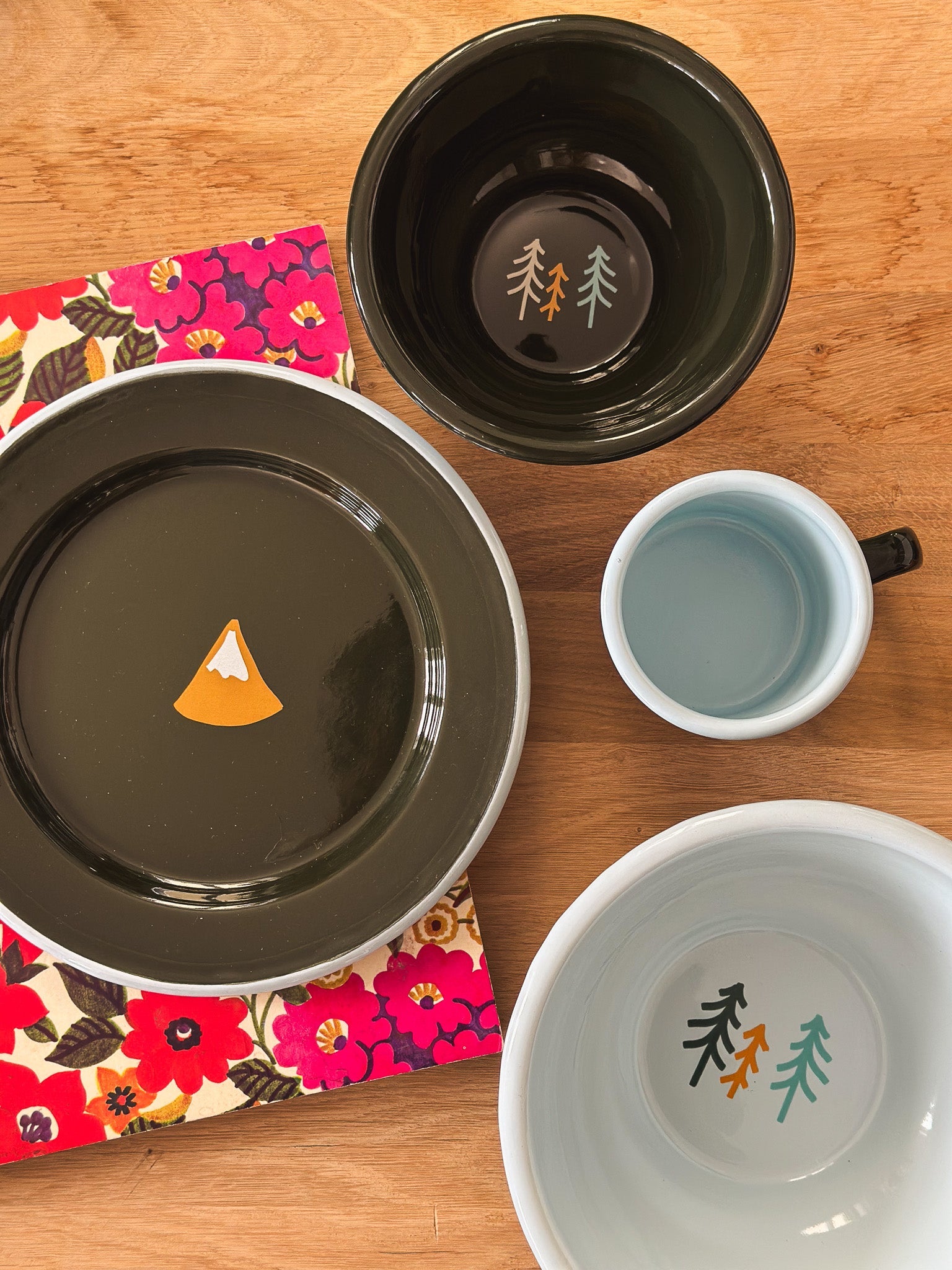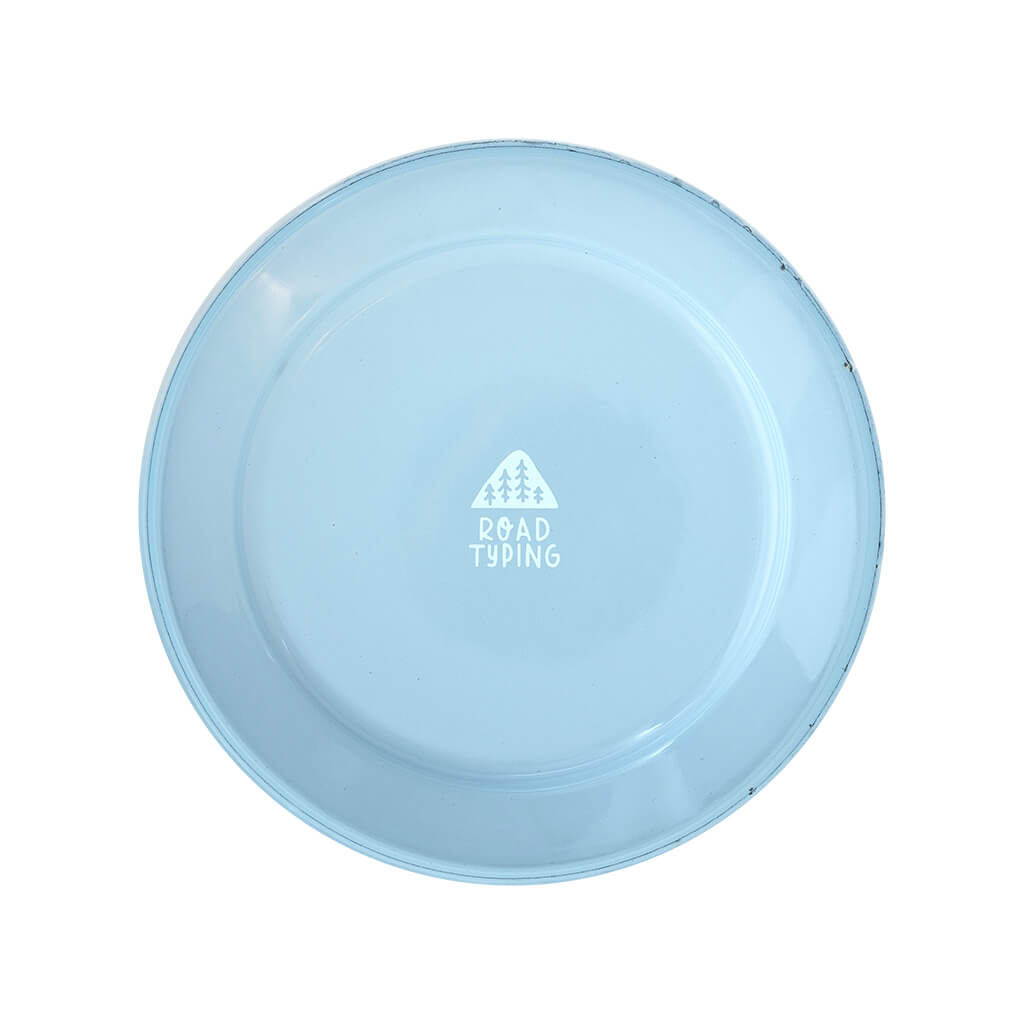For us, traveling in a camper meant absolute freedom. You can go wherever you want, provided it's allowed, you can stay as long as you like and you always have everything you need to stay spontaneous. For us, this is the best way to be on the road and that's why we have designed everything to ensure that you remain as independent as possible for several days. Wastewater/water, gas, storage space for food and, above all, electricity play an important role. In this article you can read everything about our power supply in the van.

But what does that mean exactly and what is the optimal solution for our way of traveling? You have to know that we work “on the road” and are passionate photographers. This means that we use laptops, tablets, drones, cameras and smartphones all the time and have to be plugged in almost every day. Flashlights and Bluetooth boxes also need to be charged, because in addition to good visibility on lonely paths at night, a good road trip playlist is simply essential. And all of this requires electricity.

We have therefore built our Mercedes Sprinter to be as self-sufficient as necessary for us. At the beginning we installed two old AGMs with 75 Ah each, but since you can only use half of the actual capacity of AGM batteries, that wasn't enough for us. The AGM's are also super heavy. So we rethought and decided on a lithium update with ECTIVE . Because it's not just about packing in as much AH as possible, but rather achieving a good balance between consumption and built-in technology, which means we save weight, budget and have even more performance on top of that. We used ECTIVE's electricity requirement calculator to determine our needs and combined them with the factor of the average amount of time we are self-sufficient. To match this, we decided on two lithium batteries with 80 Ah each, two of them, because one can fail and you still have a backup. When choosing, it was also important to us that they also charge below 0 degrees, because we love being out and about in winter. But of course storage without charging doesn't help much, so we have the option of charging while driving using the alternator with a charging booster or with our permanently installed 120 watt solar panel on the roof and another mobile160 watt solar case . The big advantage of the solar case is that it can be placed in the direct sun with a long cable while the camper is in cool shade, especially important for hot regions and in summer. The new components also fit easily into the existing AGM-designed technology (charger, MMP, 230V inverter, etc.) and the capacity can now be precisely monitored via the Bluetooth function of the batteries - my new favorite hobby.

So with this setup we now travel, live and work in Canada and everything works perfectly. The batteries rarely go below 80%, even though the refrigerator runs for 24 hours and laptops, camera batteries and smartphones are constantly being charged. Luckily we've had a lot of good weather and sun so far, but even on several consecutive rainy days we've had enough performance.
Stay tuned and follow us on our social media channels. You can find the installed products under this article. If you have any questions, please feel free to contact us directly or check out the ECTIVE website.
-------------------------------------------------- -----
Briefly summarized:
1. Determine electricity requirements
Put together realistically what you charge, how often, and what constantly requires electricity (refrigerator), then add a factor for the self-sufficient days and you're done. Electricity requirement calculator
2. This is our setup
Two 80 Ah lithium batteries, a charging booster, solar (installed and as a solar case), MMP, 230V inverter, charger for land power.
3. The installation
Have the installation carried out by a specialist if you are unsure about electricity. Anyone can easily replace the batteries themselves.



